-
Posts
270 -
Joined
-
Last visited
-
Days Won
3
Content Type
Profiles
Forums
Resource Library
Events
Gallery
Blogs
Store
Community Map
Posts posted by Angus
-
-
The Window shape and door handles would suggest an ex-MGWR, and ex 6W 5 compartment 3rd as this drawing kindly post by Mayner:-
I'm not sure about the apparent panelling above the windows and doors though.
-
2 hours ago, David Holman said:
If be interested to know how long it takes to get a 3D print to this stage
Hi David,
It has taken me a shade under 4 hours to get to this stage, albeit I bought the print rather than design it myself. If you factor the CADing up then I suspect this would stretch to a couple of days depending on your CAD skills.
That said, if you had the CAD file other print options open up to you that have less cleaning up work but the printing is slower and not suited to any kind of batch production.
-
 3
3
-
-
After about three hours of careful sanding last night, mostly using a toothpick which was surprisingly effective, I was left with this
Whilst not perfect it is a lot better than when it arrived.
After re-scribing the doors and a blast of primer:
All in all I'm fairly happy. I might have a last go at smoothing out if the mood takes me. Please bare in mind the carriage is 2mm scale so reproduced here at lest a couple of times bigger than actual.
-
 8
8
-
-
Lovely model David, what did you base the plans on if you don't mind me asking?
Is this another Alphagraphix card base converted into plastic or do you have the source drawing?
-
 1
1
-
-
Thanks Galteemore,
I've just been searching for the volume in question, it might be heresy but I've always been put off by locomotive preformance writing. O.S Nock seems to drone on in most of his books in quite a turgid manner on this.
I'll give Ahrons a try having discovered him the author of the phrase "better a dead mackerel on the North Western than a first class passenger on the Brighton line" his narrative should be more entertaining!
-
 2
2
-
-
3 hours ago, Georgeconna said:
Crikey look at that Dirigible! Love the RE.8 underneath too. Is that a Scratch build jobbie.
I take it it has just popped out of the Hangar on the left, any links to this Layout?
Hi Georgeconna,
Thanks for your interest. The control car is a BE2 as used in the original SS class dirigibles in 1916. The control car is a white metal kit adapted to represent control car modifications. The remainder is scratch built.
The layout has been documented over on RMweb:
https://www.rmweb.co.uk/community/index.php?/topic/109742-rnas-glencruitten-relocating-lenabo/
-
 1
1
-
 1
1
-
-
Hi Andy,
I feel your pain (or will do when I start the sanding process). I have bought a couple of things from Shapeways so knew what to expect. As there is no etched brass kit for the MGWR carriages and the shape of the brake 3rd is relatively complex I reasoned starting with the 3D print would be quicker than scratch building.
-
7 minutes ago, Galteemore said:
Lovely work Angus.Looking forward to seeing Lurganboy grow !
Thanks Galteemore, It'll be a slow growth, I want to finish the carriages first. In between times I will be cutting components to add the the box, tanks sides, cabs etc.
That way when I start in anger it should come together quickly, always assuming I've cut the parts the right size to start with (not always gauranteed!)
-
 1
1
-
-
Thanks Murrayec, I know you should not model of a model but I can only assume SSM had some provenance for those tanks when designing the kit.
I was going to use the LNWR design for their 30" 1' 6 wheelers as there is some nice detailed plans in the LNWR society's book on the carriages.
These plans show a pair of tanks 9' long and 13" diameter mounted over the centre axle, so clearly would have been wrong for the GS&WR.
-
 1
1
-
-
Its getting on for two weeks since I posted anything and things have been progressing slowly.
I bought some springs and axle boxes that duly arrived and were fitted. The handrails on the body are slow getting installed with just the door grabs, handle and lower hinges to fit.
I also need to build a jig to hold the lower footboards and the solebar in line whilst I solder in the supports, I did have a go free hand but the failure was inevitable!
I'm sure I've got a stock of gas light tops somewhere, but they are evading me at present. As Etched Pixels is shut for the lockdown I ordered a 100 from their Shapeways shop.
These should keep me in stock for a while, in fairness I do have a stash of British pre-grouping carriages in the gloat box to build so can find a home for them.
With these lamp tops installed the replacement roof is nearly finished.
I just need to add the gas pipes in some 0.1mm wire once the roof is fitted.
As I was placing an order with Shapeways I also took the plunge and bought the MGWR brake 3rd carraige that has been the subject of some discussion in another topic on this site.
Buying it lessened the pain of Shapeways postage costs.
As it arrived:-
In this form the plastic is quite soft and there is still some of the support wax present. Following advice of others (I had done this before) I scrubbed the surface with a toothbrush and washing up liquid before dunking the body in a bath of white spirit for an hour. Left overnight the body turns white. It is now quite hard and easier to sand. You can also see the surface clearly to work on.
The body appears dimensionally correct and captures the lines of the carriage well the buffers seem a bit over scale (a scale 18" across the face) but easily replaced with some turned ones from N-Brass.
As I feared though the surface striation is quite bad.
Without care I'll be losing a lot of the side detail. The doors will need re-scribing at the very least. Please bare in mind this is 2mm scale, in larger scale the striation will appear less worse.
I had planned just to use the body and fit this to a Worsley Works brass chassis (as provided for the GSWR 6 wheelers) with the wheelbase lengthened to replicate the MGWR's 10' wheelbase.
Now I've got the print I think rigid axles in the front and rear with a lightly sprung middle axle with some sideways float will be simple to install and work.
In other news I've started the Lurganboy box. I always set up a box for long builds that I can add components to as I purchase them and store parts as they are made.
Wheels, motor, gears (1:38 although I might replace these with 1:30 on account of the small wheels), buffers, brakes, handrail nobs all in box so far.
I've also cut the chassis blanks (0.7mm phosphor bronze), the buffer beams, boiler and smokebox ring, as metal has been cut I suppose I have, in all reality, started the build.
-
 3
3
-
-
Interesting to see that after a decade and a half the GS&WR pass book still hasn't been emptied!
-
 1
1
-
-
9 hours ago, Galteemore said:
7’ across cab, Angus, if it’s same dimensions as Large Tank. Looks a circa 3 inch gap between cab side and tank edge.
Hi Galteemore,
That would tie in as the tanks were 7'6" across. Thanks.
7 hours ago, jhb171achill said:The nameplates varied. Some were red with polished brass raised rim and numerals, but some were painted black all over with rim and letters picked out in red. It varied from loco to loco, so with any specific model you'd need to check.
Thanks jhb171achill,
I was aware of that particular trap, unfortunately information from the early thirties is not so readily available as later periods (which makes the period the more interesting).
If there is any direct evidence available then I will be guided by that, if not I'll default to the early standard which I think was the red (I'll check the books this evening).
-
The build of the GS&WR six wheeled composite is progress nicely (documented over on my Dromahair topic) so I must turn my thoughts to the first of the locos to be built. Rolling stock alone is not much use!
I had always intended this first build to be one of the SLNCR small tanks and for some reason "Lurganboy" appealed.
There are a couple of nice pictures of her over on the transportsofdelight website
It is not clear when the SLNCR removed the lettering from the tank sides. The photo of the wreak of sister engine Hazelwood , derailed during the civil war, shows the lettering in use during the early to mid-twenties. Unfortunately the photos above are undated.
The is another photo in Neil Sprinks's illustrated history of the SLNCR of sister engine Fermanagh moving across the facing crossover at Ballysodare, a movement it would only have done after the rationalisation of the track layout at Carrignagat Junction that enabled the removal of the signal box in September 1930. In this photo Fermanagh still has the lettering on her tanks, so edging into the time period I am modelling. I'm still undecided on the lettering but have plenty of time to make my mind up!
I do have a question, I have a GA drawing from the Beyer Peacock archive that I am converting into 2mm scale dimensions to start cutting components in advance of starting the build in earnest.
The drawing has side elevation and top section only which provides most of the key dimensions. However, I don't have a dimension for the cab width and cannot find a clear photo showing the relationship of the cab edge and the tanks to estimate the distance.
Can anyone help?
Thanks in advance!
-
 4
4
-
-
1 hour ago, Galteemore said:
According to this, the MGW-allocated moguls were on the Dublin-Mullingar-Galway route.
Thanks Galteemore,
that removes the temptation to buy a Farish version which would then probably drive me mad trying to finescale it and move all the valve gear and the cylinders to match the wider gauge.
-
 3
3
-
-
Thanks Irishswissernie, that completes the list.
-
11 hours ago, jhb171achill said:
I suspect the J10 and J11 might have been kept at Limerick for shunting
Hi Jhb171achill,
I suspect you are correct, the J10s didn't appear to stray too far from Dublin being used for freight transfers to North Wall.
My guess is the Limerick based ex WLWR 4-4-0s would have been used on the Waterford - Limerick section leaving the ex GSWR D14/17/19s working north to Sligo amongst other duties.
Another surprise for me is the two moguls based at Limerick (one GSWR, one MGWR (if you can call the Woolwich moguls MGWR engines)). I wonder if these would have worked to Sligo? I don't recall seeing a photo of a mogul at Sligo from either Dublin or Limerick.
There is a Limerick allocated loco I've not been able identified from the number which is 251. I suspect this is a J15 but the number is skipped in Locomotives of the GSR.
-
 1
1
-
-
Expanding out a bit I've put the number of the different locomotive typed based at Sligo, Mullingar, Broadstone and Limerick into a spreadsheet.
This is summary of the locos that are likely to have been seen at Sligo, obviously most of the Limerick locomotives wouldn't have worked north. It doesn't include the SLNCR engines.
This is based on the 1938 shed allocation in "Locomotives of the GSR"
Posting it here in the hope it may be of interest.

-
 4
4
-
-
Hi John,
You are of course correct. In selecting a J5 as the first representative of any goods loco on the Midland line I am not modelling the mundane reality, I'm also giving myself a challenge with that raised running plate!
Those J6s do look quite brutish, I hadn't considered them before and I do like the extended smokebox arising from the fitting of the superheater.
In general the considered opinion in 2mm scale circles is to fit the motor in the tender as the small body without any side tanks makes the motor difficult to hide and enables the boiler to be heavily weighted for better traction (always a problem in 2mm).
The relative low sided Midland tenders will create an issue in hiding the motor but they've got around that in the photo above by piling coal over it!
-
 1
1
-
-
Hi Galteemore,
I did think of looking at the MGWR drawings but wanted to work of GS&WR in case of any difference.
I do have enough carriage drawings to make something effective, and, given the lack of visible detail on photos probably sufficient.
-
The coach is coming along nicely.
The first job after forming the sides is to cut out some partitions from brass. Experience has shown that these are needed to give the shell some strength otherwise it is all too easy to bend the sides of the body inwards whilst handling. They are easier to make at this stage as the etched ends provided can be used a pattern.
The main shell and chassis is now complete (barring detailing), I just need to work out a way to consistently form the complex shaped handgrabs.
I'm just using plain wheels as I think the carriages lost their original Mansell wheels prior to the GSR merger. I certainly cannot see any in the photos available of the period.
The Cleminson chassis goes together nicely and will hopefully make for a good running model.
Unfortunately the supplied roof is not wide enough, but it is a small job to cut out a new one.
One question though, As originally built these carriages were oil lit and by GSR days they appear to have been converted to Gas.
There a re a couple of nice roof shots around with show Pintsch gas lights with torpedo vents above each compartment, but I can't distinguish any gas tanks under the chassis in any pictures.
As I haven't been able to find a drawing I'm struggling to know what to model for these, can anyone offer any enlightenment?
Thanks
Angus
-
 6
6
-
-
With regard to the J5s I've just realised that two J5s were shedded at Mullingar in the 1938 list, one of which was the later type with the raised footplate.
In the 1920 timetable in Ernie Shepherd's Illustrated History of the MGWR the 11.30PM goods from North Wall split at Mullingar with the first train working selected stations arriving at Sligo at 12.30PM (a 13 hour trip!) the second train worked nearly all stations, including those work by the first train (which does seem a bit odd), arriving at Sligo at 2.20PM.
This splitting of goods trains seems to have stopped by the time of the 1930 timetable posted by jhb171achill on page 1 of this topic but I'm sure Mullingar engines would have found their way to Sligo.
If not there were plenty of J5s available from Dublin.
-
 1
1
-
-
I've just joined the IRRS myself, I hope there is some left! I'm also looking forward to the new Manchester area meeting when they get underway post lock-down (whenever that maybe).
-
 2
2
-
-
Hi Galteemore, Lots of work that may never happen but I hope to be cutting brass on the first of the SLNCR tanks soon.
-
 2
2
-
-
Examining the numbers of the various trains I can see I'm going to have my work cut out to model these!

Looking at the locomotive requirements (the best bit!) for each line in turn-
The SLCNR
At this period the SLNCR had three classes of locomotive
The small Beyer Peacock 0-6-4 tanks in the Leitrim class
The large Beyer Peacock 0-6-4 tank of the Sir Henry class
And finally a pair of ex GNR(i) A class 0-6-0 tender engines
It would be nice to represent all three classes although initial focus will be on the tanks which are synonymous with the SLNCR and I will need these in the near future for my Dromahair micro layout.
Next the ex WL&WR lines to Limerick.
There are many photos showing D17 haulage between Limerick/Tuam and Sligo and these are among my favourite Irish locos, especially with the original double smoke box doors
The 1938 loco allocation table in the back of "the locomotives of the GSR" shows six D17s shedded at Limerick.
The post above shows the ex Robinson WL&WR 0-4-4t E2 one of a pair that survived into the thirties and was still shedded at Limerick in 1938.
Finally I supposed we should have a goods engine, either one of the ex WL&WR 0-6-0 J25s (two at Limerick) or a J15, but there is also photos of ex WL&WR 2-4-0 G3s at Sligo and that would make a nice contrast with the MGWR G2 2-4-0s that were closely associated with Sligo, although only one of these G3s was shedded at Limerick in 1938.
That leaves the MGWR lines to Dublin.
A G2 is a must, according the 1938 shed list two of these were based at Sligo but many more would have visited from Dublin, There were enough variations in these engines to build several of which no two would be the same.
I quite like the brutalist rebuild of the belpaire boiler and superheated version shown above.
For freight work a J5 is a must. I particularly like the later builds with raised footplate that combined with the large 5' 8" wheels give a real long legged look.
A J18/19 would probably be more representative, with a couple based at Sligo but J5's are also in the photo record at Sligo, the mundane can follow!
Additional passenger support can be in form of the D6/7 ex MGWR C class 4-4-0, in original form they were quite elegant
I would quite like a D16 D bogie but these seem to have been put to grass on the Galway and Mayo branches in the period.
The final surprise from the loco 1938 loco allocation table is the presence of a J26 ex MGWR 0-6-0t at Sligo.
Given there were no branch workings from Sligo, I can only presume this engine worked as a shunter on the quays or as a station pilot.
So I've got my work cut out!
To operate a core service representation I'll prioritise the building of the two SLNCR 0-6-4t, a D17 for the Limerick workings and a G2 and J5 for Dublin.
That should keep me off the streets........
-
 5
5
-
 1
1
-
.png.c363cdf5c3fb7955cd92a55eb6dbbae0.png)

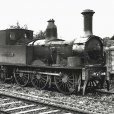
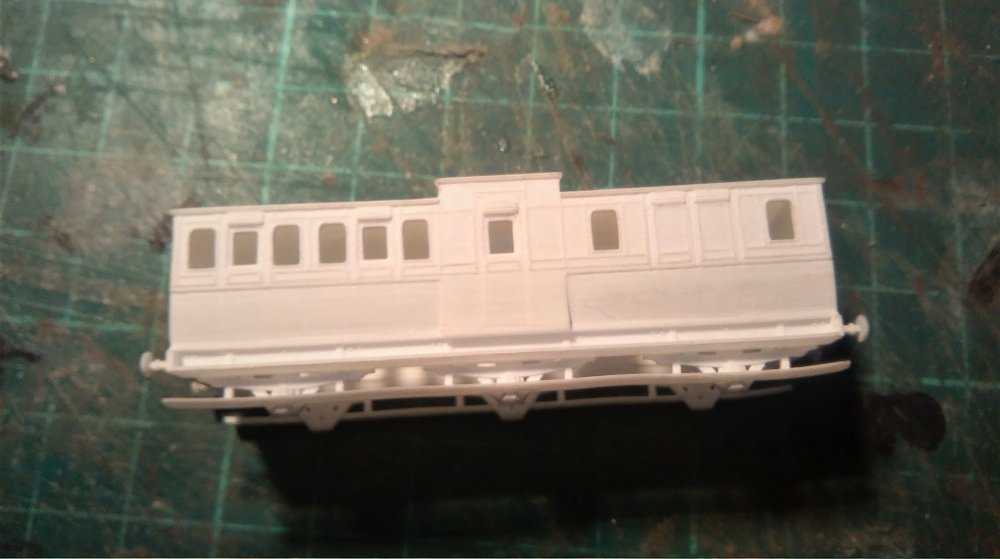
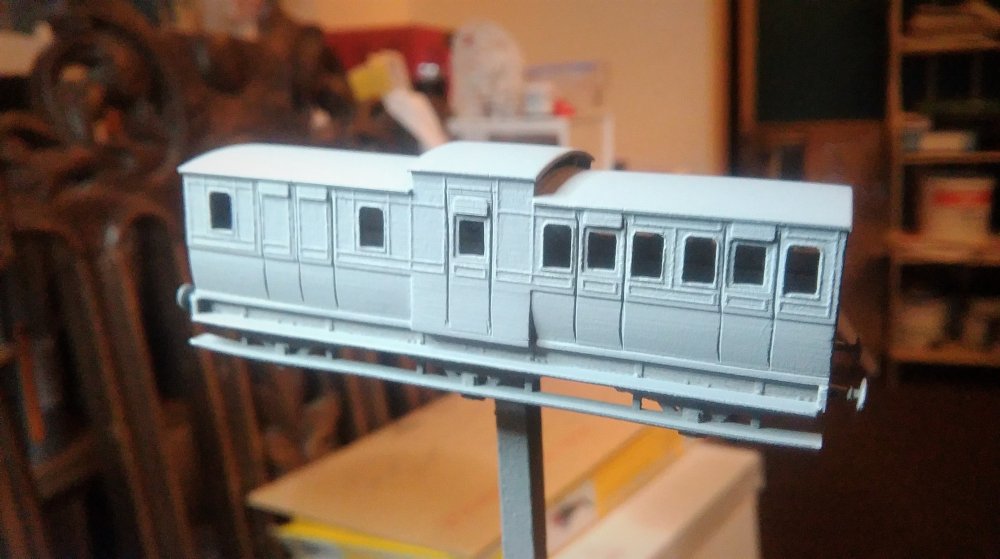
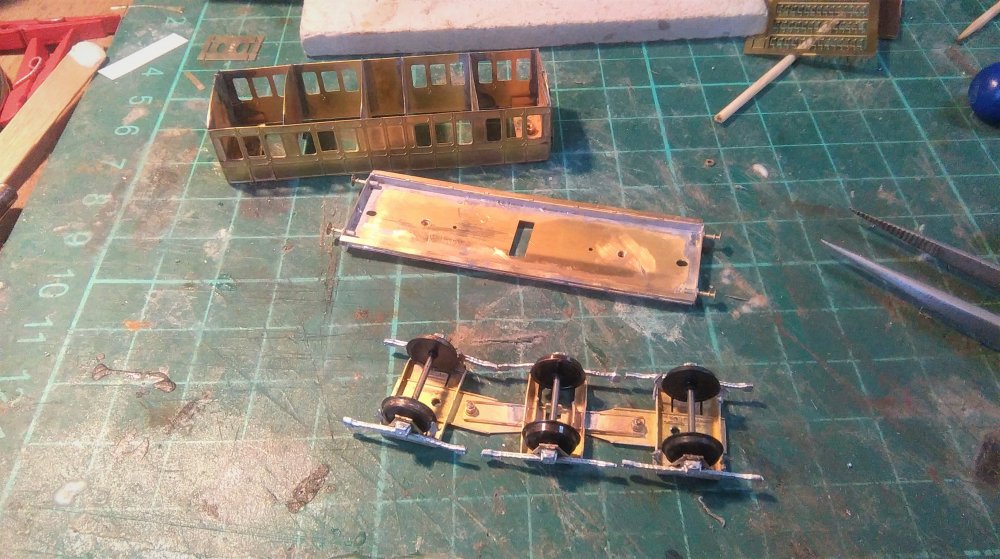
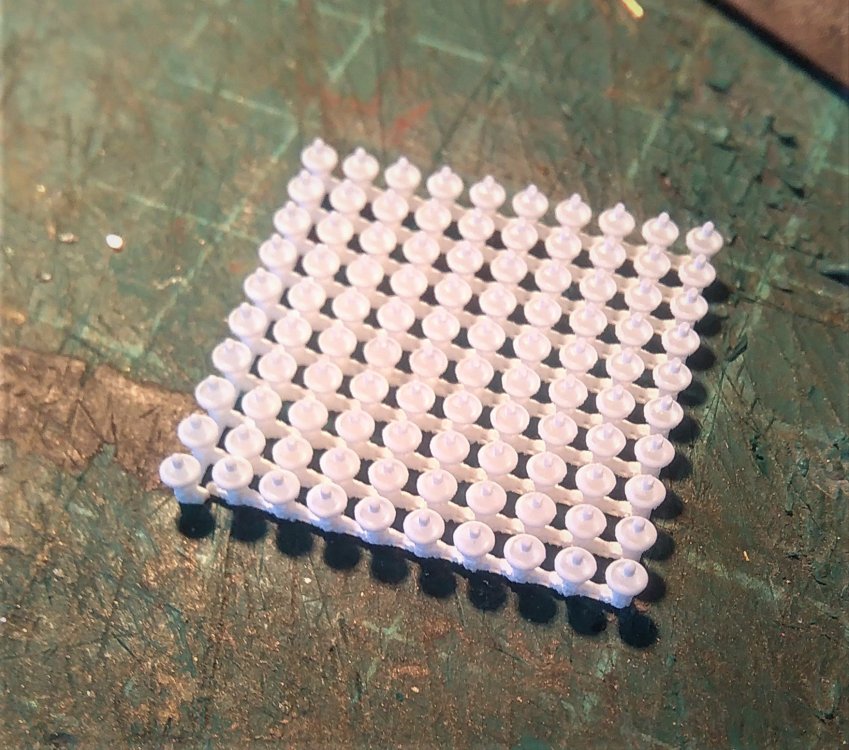
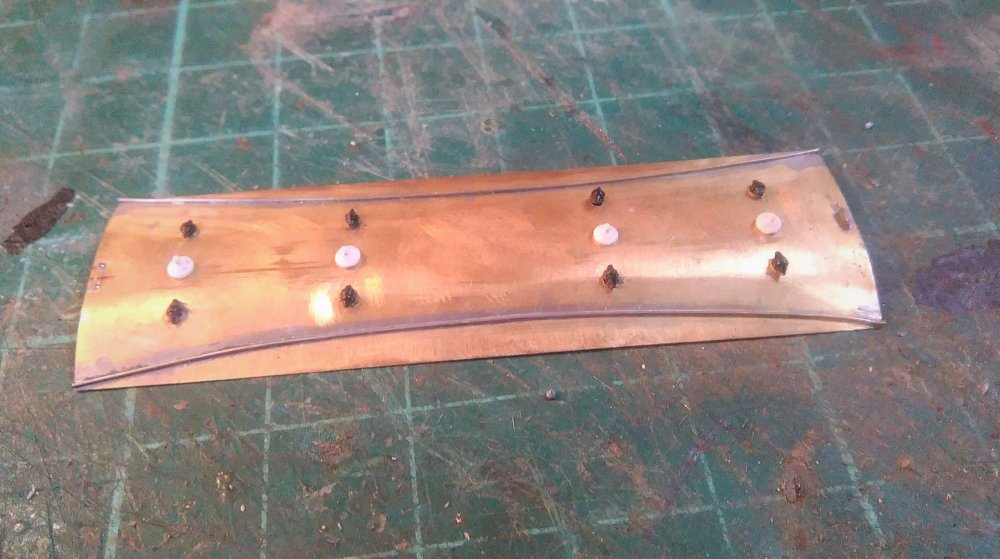
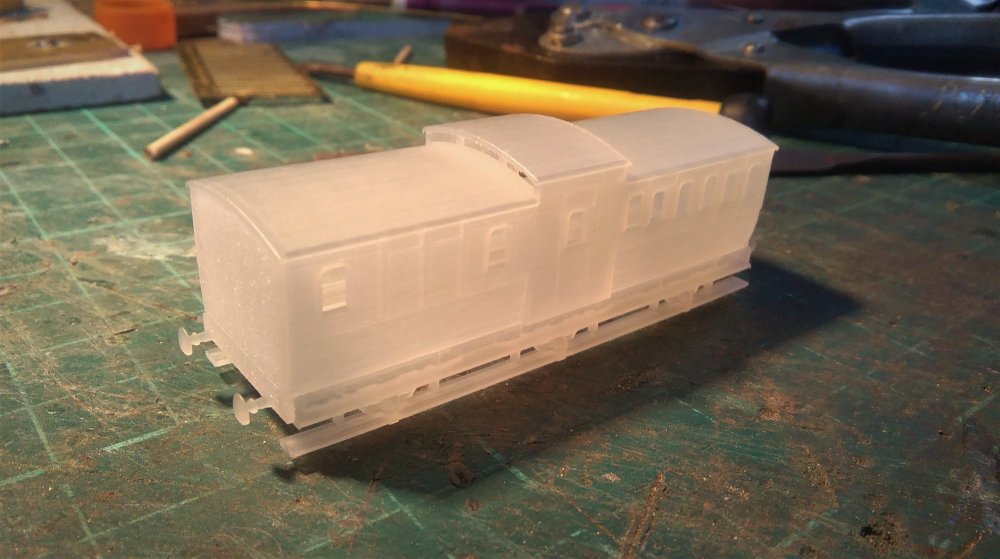
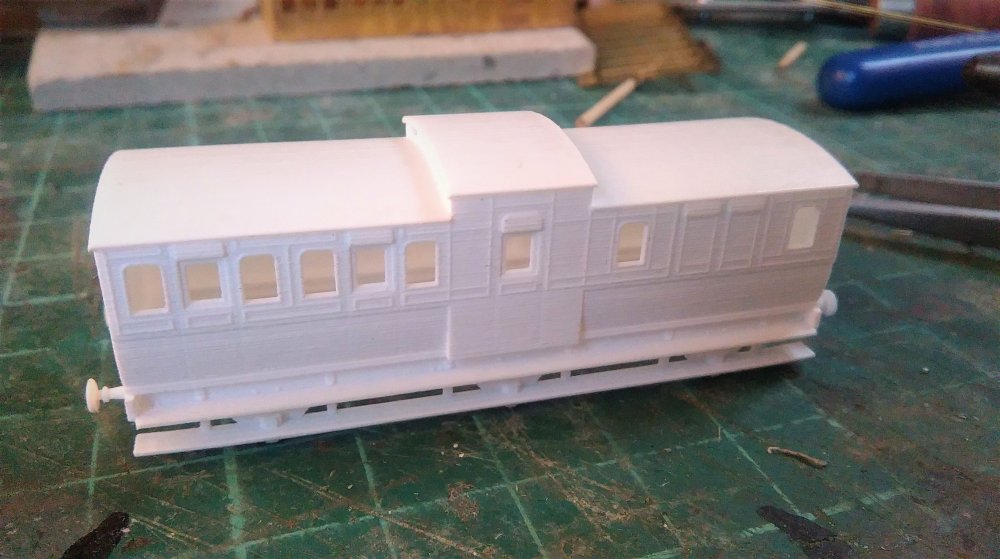
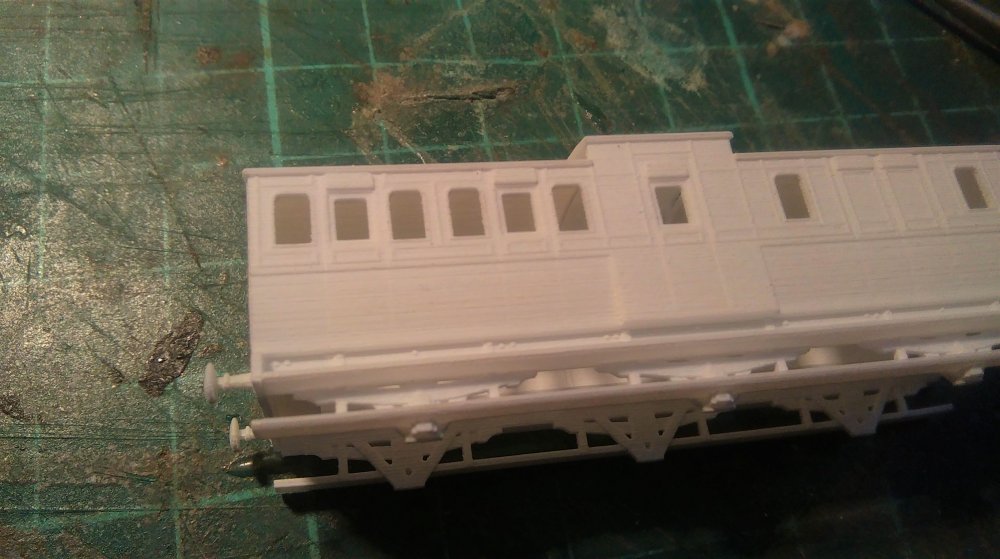
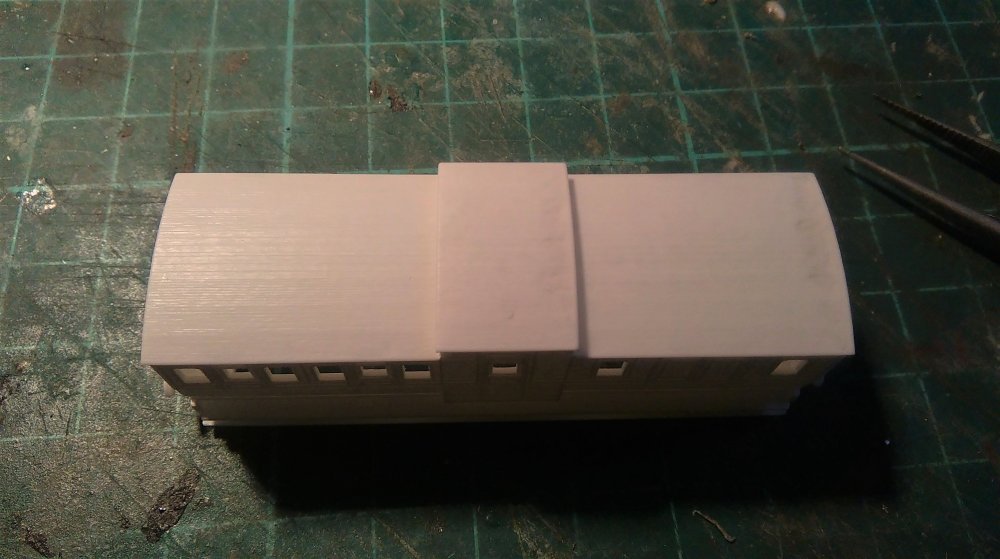
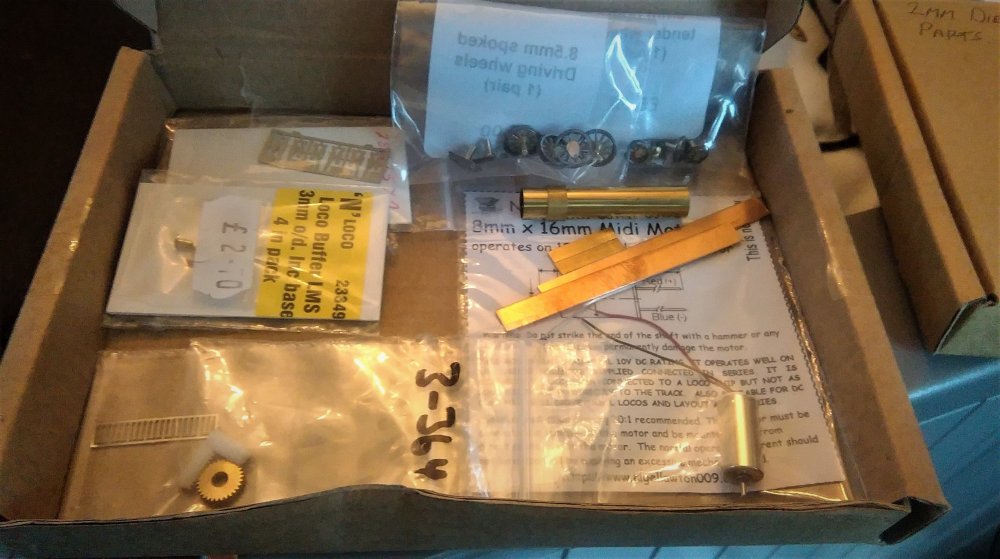
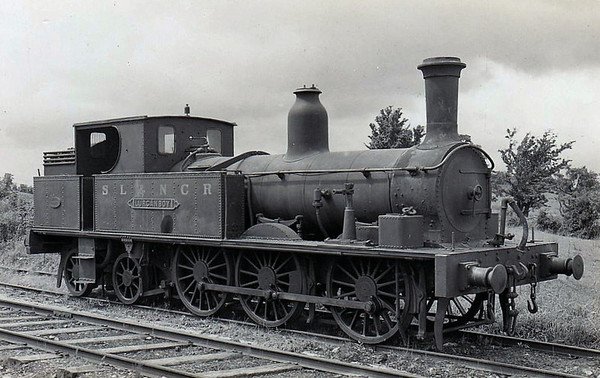
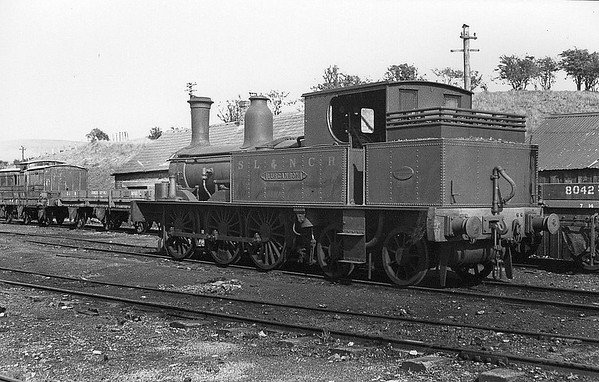
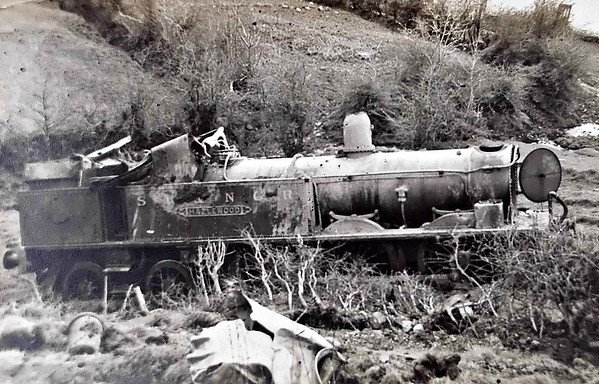
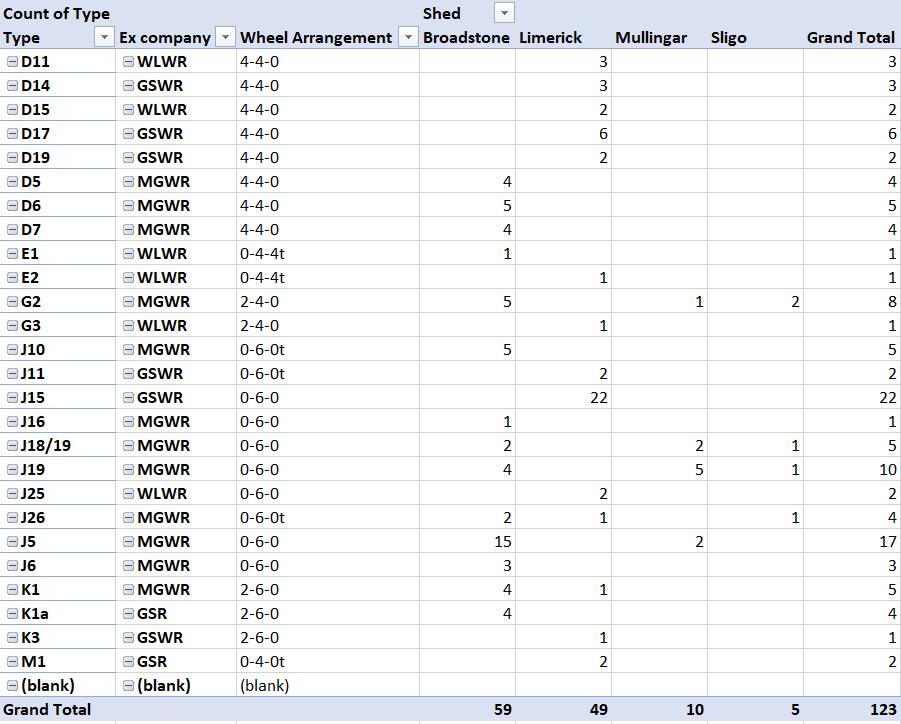
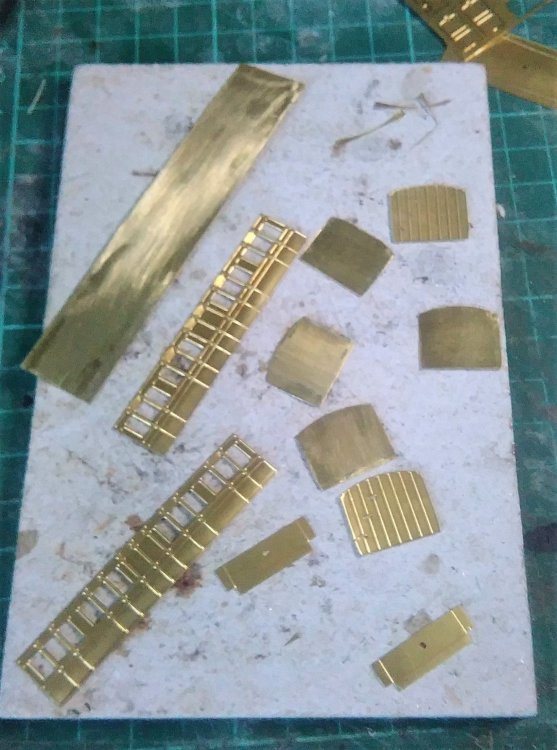
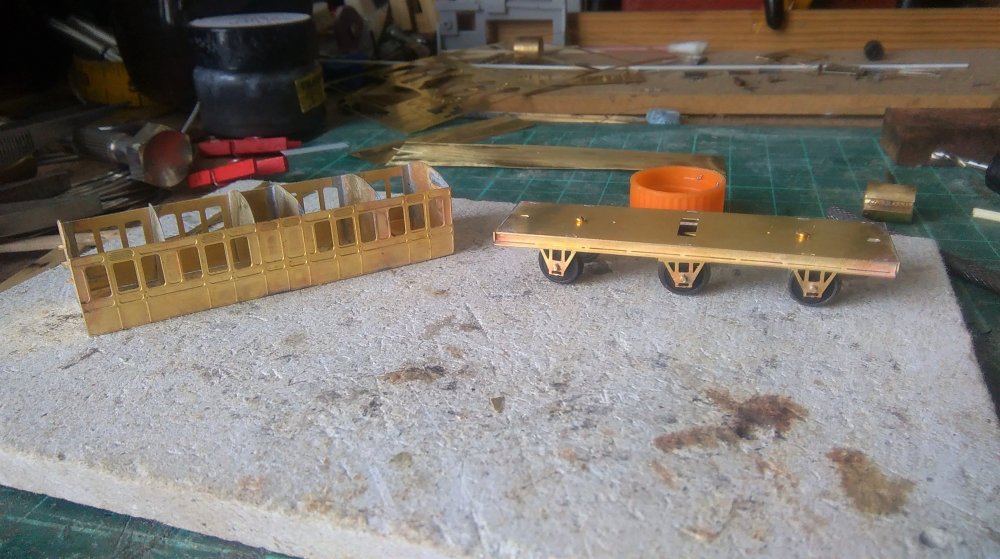
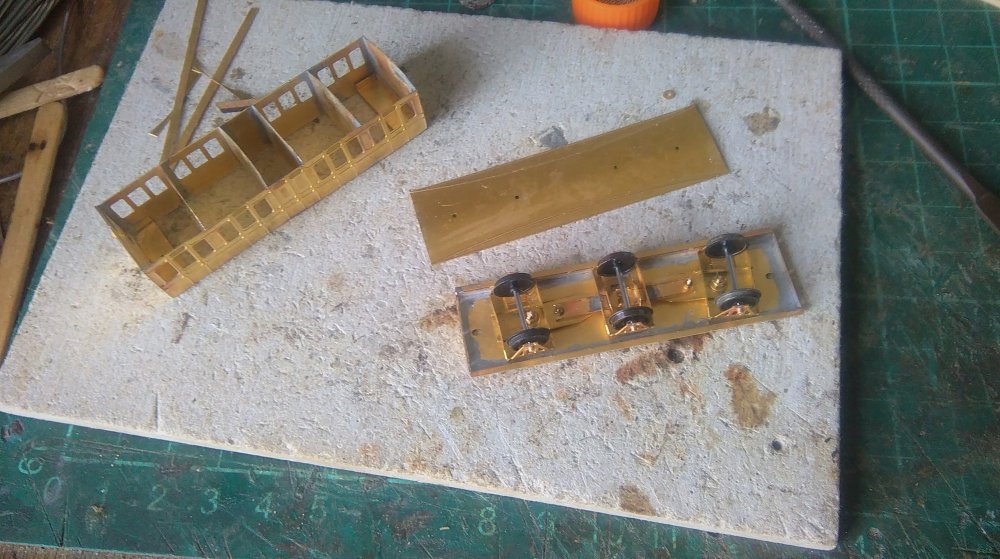


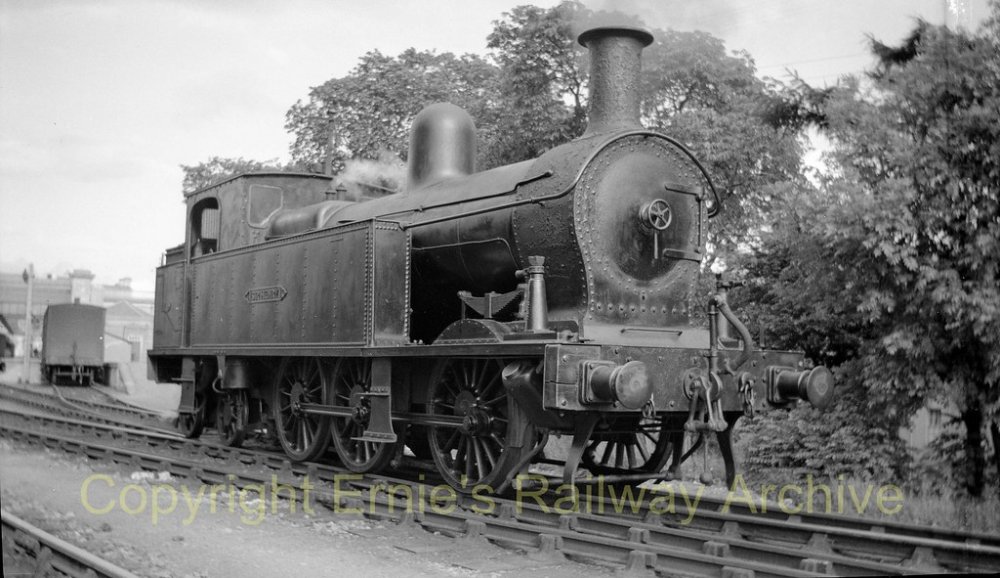
![Vintage Irish Railways - Northern Ireland - SLNCRBeyer Peacock built 'A' class 0-6-0 Glencar originated with the GNR(I) as far back as 1890 and was bought from that company by the Sligo Leitrim and Northern Counties Railway in 1928 for which it worked until withdrawal and eventual scrapping in 1949 which is probably the year when this shot was taken. [Mike Morant collection]](https://irishrailwaymodeller.com/uploads/imageproxy/Ireland_SLNCR_Sligo_Pettman-600x400.jpg.69a7db3c53516c2ae4feb730a4486c94.jpg)
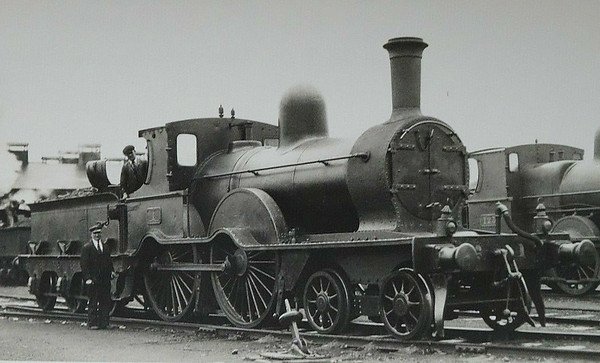

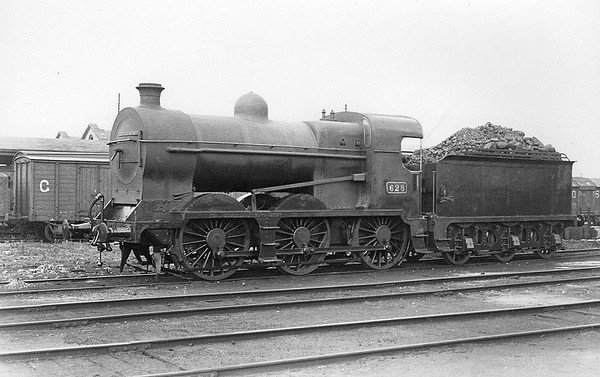

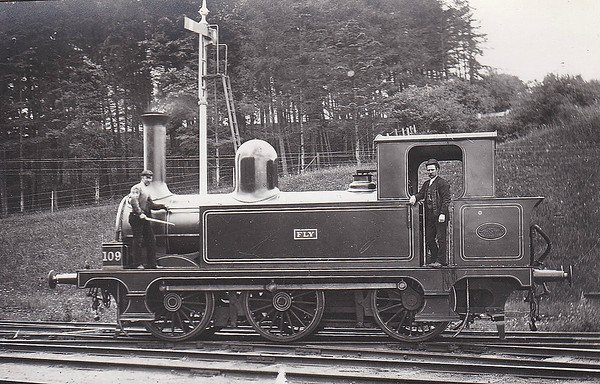
Dromahair
in Irish Model Layouts
Posted
I had a play around with the backscene for the layout today.
The original intention was the layout would be viewed from the rear of the station with the station building, goods shed and signal box all acting as view blockers for the fiddle yard exits.
This works (apologies for the poor photos the sun was coming in the window behind)
This has the disadvantage of not being able to see the wheels of any stock as the platforms prevent this.
Up to now I have been presenting the layout in the more traditional front view.
Obviously here there is no view blocker for the fiddle yard exits from the mainline, there is also a bank in front of the station that might look a bit odd in this view.
Still not convinced which is better though, any opinions out there?
The mock up of the station building is scaled from various photos, it looks way too tall but I've double checked the measurements, if the is an error it is only a mm or so.
I'll need to draw on the windows and dividing line between the stone lower and rendered upper floor to see if breaking up the surface change the appearance.